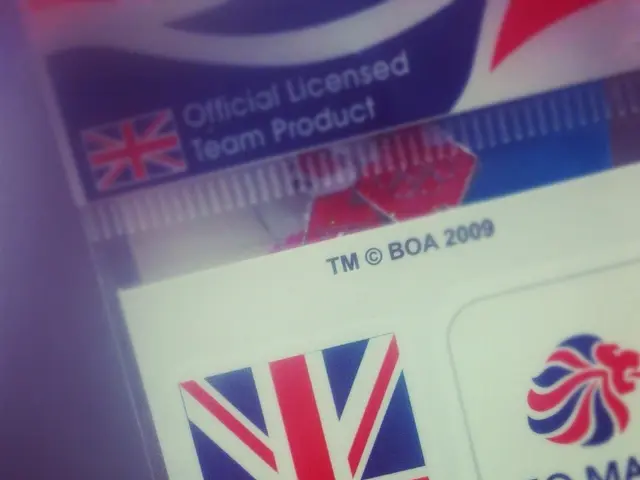The price of the job is decreased by a proportion of the taxable income.
==================================================================================
In Germany, homeowners and tenants can partially deduct handyman and craftsman costs from their income tax under specific conditions, limits, and categories. Here's a breakdown of what's deductible and how to qualify for these tax benefits.
Conditions for Deductibility
To be eligible for tax deductions, the work must be performed on a taxpayer's own property in Germany, and only labor costs (workmanship and services) are deductible, not the cost of materials or equipment. Invoices must clearly separate labor costs from material costs, and payment must be made by non-cash methods such as bank transfer or direct debit.
Limits
Up to 20% of the labor costs can be deducted from the income tax, with the maximum deductible amount being €1,200 per year per taxpayer. Since only labor costs are eligible, if, for example, a handyman invoice is €2,000 with €1,200 in labor and €800 in materials, the deduction applies only to the €1,200 labor portion.
Categories of Work Eligible
Eligible work includes repair and maintenance of residential properties, such as plastering, painting, plumbing, and electrical repairs. Modernization and renovation works, like kitchen or bathroom upgrades, also qualify. Gardening services related to maintenance can sometimes be deductible, provided they are performed by a recognized craftsman or tradesman.
Maximizing Tax Benefits
To maximize tax benefits, invoices should show a clear division of labor versus materials, the payment should be traceable via bank transfers, and the work must be related to the upkeep or improvement of a private residence. Taxpayers can reduce their income tax burden by up to €1,200 annually (20% on up to €6,000 of labor costs) for these handyman and craftsman labor expenses in Germany.
For landlords, craft services can be set off as advertising costs for the rental, reducing the taxable rental income. If you are a tenant, you can indicate craft services in your tax return, whether commissioned yourself or part of ancillary costs. In the case of married or registered partners, the costs are attributed to the person who paid them. However, if both live in separate apartments, each partner can claim costs up to €1,200.
[1] This article provides general information about tax deductions for handyman and craftsman costs in Germany. For specific advice tailored to your situation, consult a tax advisor or the German tax office.
Other categories of work that may qualify for tax deductions could include professional cleaning services for personal properties or personal-finance advice to manage household expenses effectively. Homeowners could maximize their tax benefits further by consulting a tax advisor about deducting home office expenses, if applicable.




